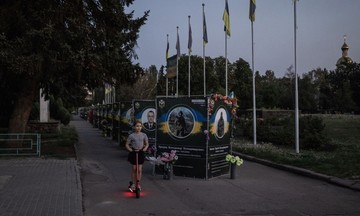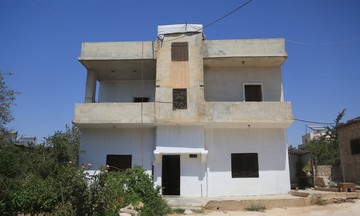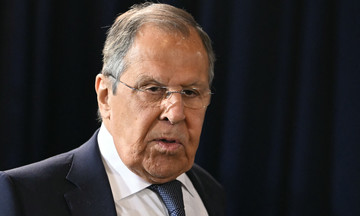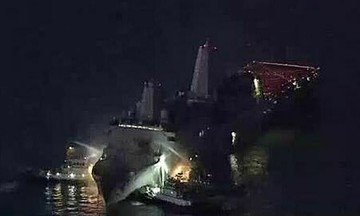US defense company SpektreWorks showcased prototypes of its Low-Cost Unmanned Aerial Combat System (LUCAS) on 16/7 at the Pentagon, with Secretary of Defense Pete Hegseth in attendance. The FLM 131 version, according to the developer, "appeals to the US military as it seeks suicide attack systems without increasing costs."
SpektreWorks hasn't released the FML 131's performance specifications. However, it looks similar to another version, the FML 136, which is nearly 3 meters long with a 2.4-meter wingspan. It can reach a top speed of 185 km/h while carrying a maximum payload of 18 kg.
LUCAS is touted as a UAV that can provide the US Indo-Pacific Command (USINDOPACOM) with a "potential threat simulator," while boasting lower operating and maintenance costs compared to traditional missiles or aircraft.
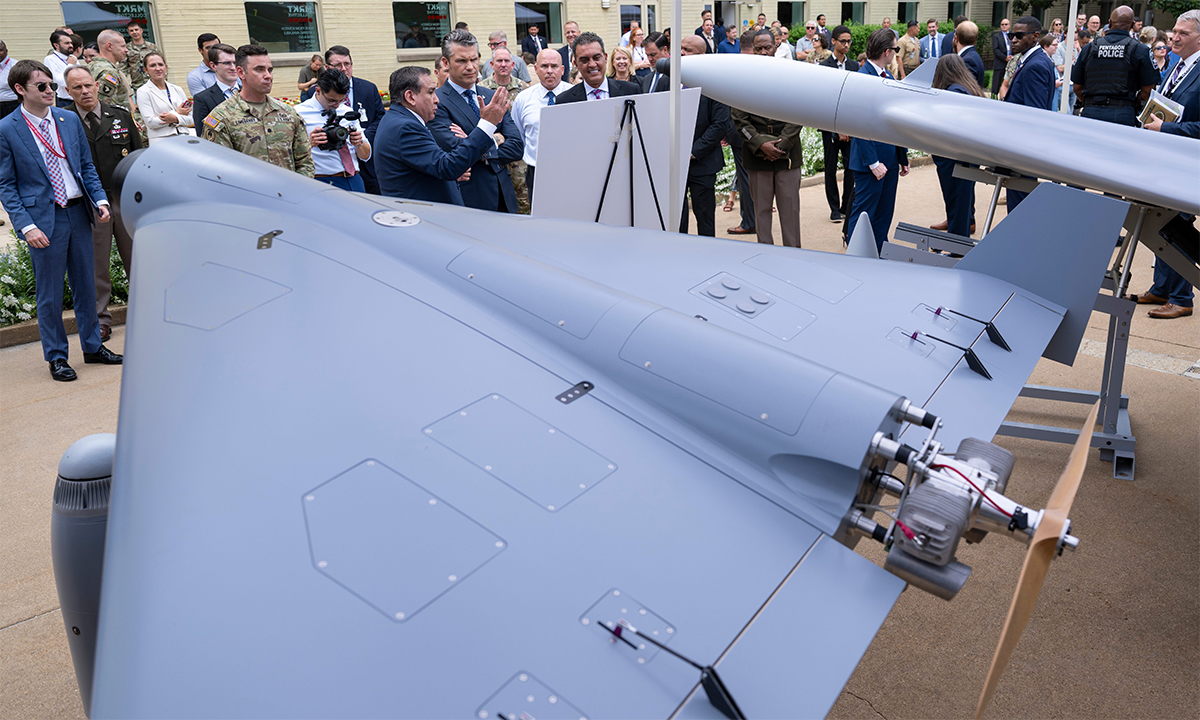 |
A prototype LUCAS UAV on display at the Pentagon on 16/7. Photo: US Navy |
A prototype LUCAS UAV on display at the Pentagon on 16/7. Photo: US Navy
The prototype utilizes a modular design. The nose-mounted equipment clusters can be swapped out for various missions such as attack, reconnaissance, and communication.
Jake Epstein, military editor for Business Insider, noted the FML prototypes' delta wings, rounded nose, and vertical wingtips bear a striking resemblance to Iran's Shahed series and the Russian-made Geran version. The numbers 131 and 136 are also used by Iran to designate two suicide UAV models in the Shahed series.
The Shahed-136 UAV measures 3.5 meters long with a 2.5-meter wingspan, a range of 2,500 km, and a top speed of 185 km/h. It can carry a 50 kg warhead. The Shahed-238, a jet-powered variant, can reportedly reach speeds over 400 km/h and carry a warhead weighing up to 300 kg.
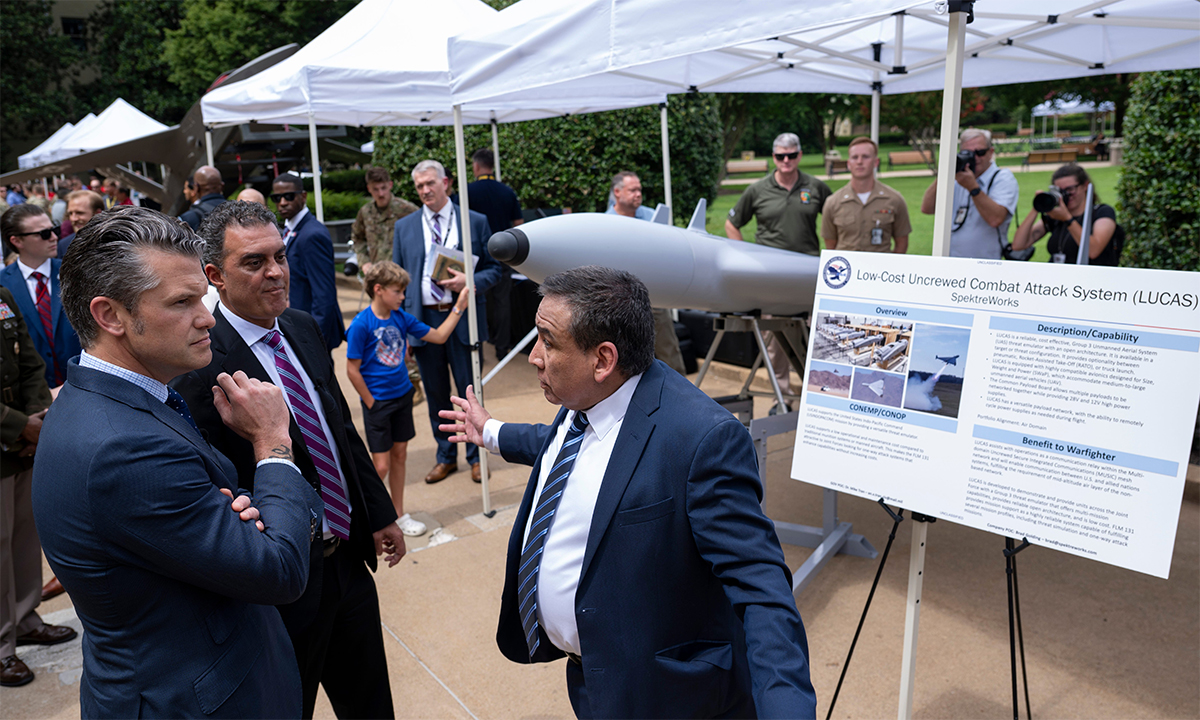 |
Secretary Hegseth being briefed on the LUCAS UAV prototype at the Pentagon on 16/7. Photo: US Navy |
Secretary Hegseth being briefed on the LUCAS UAV prototype at the Pentagon on 16/7. Photo: US Navy
LUCAS and 18 other UAV prototypes were unveiled as the US military seeks to ramp up production of affordable unmanned aerial vehicles. This is in response to modern battlefields increasingly featuring unmanned and automated weapon systems.
In May, President Donald Trump mentioned the Shahed series while discussing new US UAV development, expressing interest in Iranian-developed UAVs. "They make good UAVs and drones, costing 35,000-40,000 USD. They're very good, fast, and dangerous," Trump said.
In early June, the US president signed an executive order to expedite the development of UAVs and drones. On 10/7, Secretary of Defense Pete Hegseth also issued a directive removing many restrictions and empowering US officers in drone operations, aiming to surpass Russia and China in this field.
Nguyen Tien (According to AFP, AP, Business Insider)








